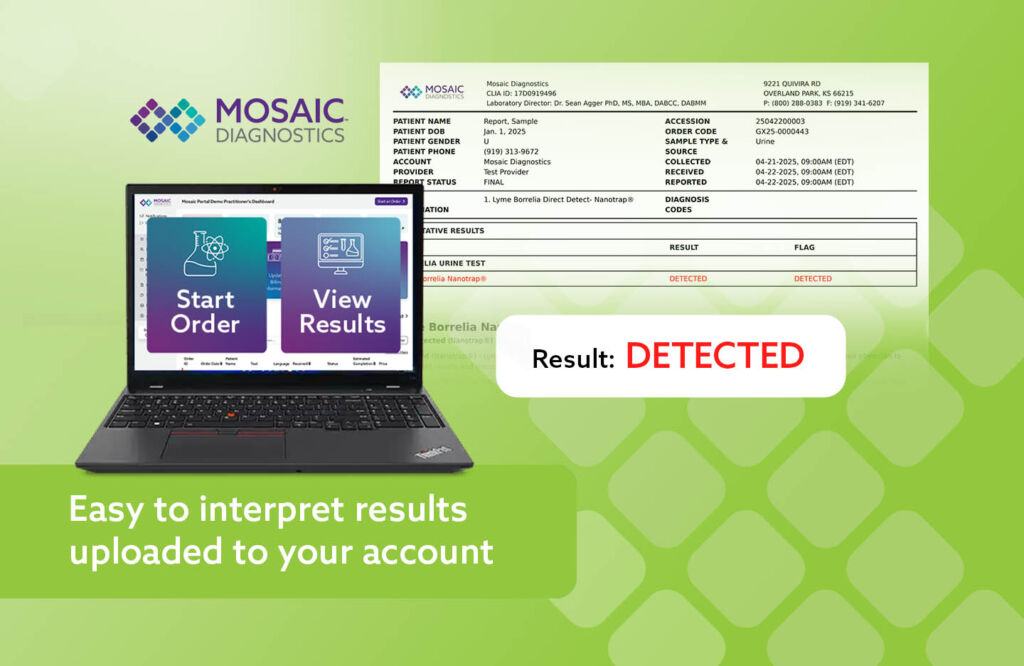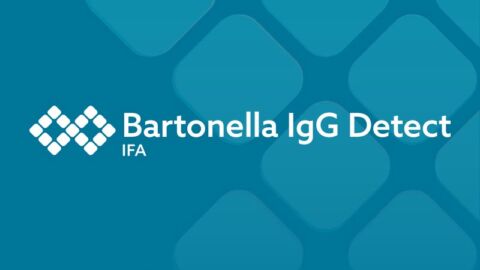The next generation of Lyme + Co-Infection Diagnostics—designed to detect at every stage
Exposure to infected fleas, tickes, spiders, and lice, or companion and wild animals can cause Bartonellosis. Bartonella henselae, the species responsible for Cat Scratch Disease can be present on a cat or kitten’s claw or mouth and spread through a scratch, bit, or lick.
Bartonella can cause severe, life-threatening infections or symptoms in humans and animals. Early detection makes the infection treatable, which can prevent chronic illness. Bartonella are intracellular parasites and can live and reproduce both inside and outside of host cells. Bartonella infections are stealthy and difficult to diagnose because the bacteria can invade and hide in host cells and create a niche where they can survive and multiply, and evade the immune system.
Discover the Power of MosaicDX’s Bartonella IgG Detect IFA profile
Bartonella IgG Detect – IFA utilizes authentic cell-cultured clinical isolates for Bartonella species that most commonly affect humans in North America: B. henselae, B. quintana, B. vinsonii berkhoffii, B. koehlerae.
- Confirms prior exposure and potential current infection: Antibody results reported in titers.
- Broad IgG antibody coverage: Confirms exposure to the four main species affecting humans in North America.
- Accurate: Provides precise, semi-quantitative antibody levels and accurate titers.
- Minimizes cross-reactivity: Ensures reliable and specific results, addressing common challenges in serological testing.
- Sensitive and Specific: Uses cell-culture-derived antigens from clinical isolates, not synthetic.


















